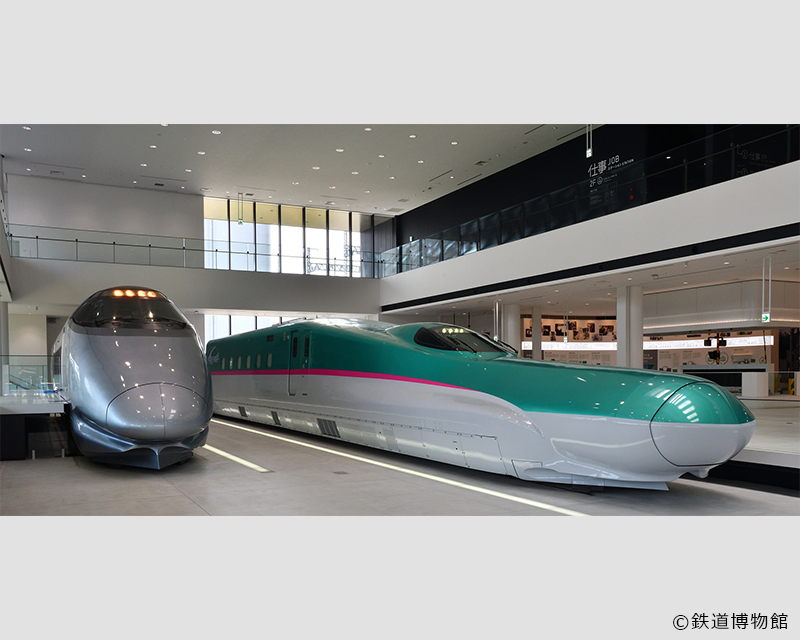Saitama Prefectural Ranzan Historical Museum
sightseeing

Our building is located on the historical site of the Kamakura period samurai palace “Sugaya-yakata” which transitioned to the castle “Sugaya-jō" during the Sengoku period. Opened in April of 1976 as the Saitama Prefectural Historical Data Museum, the museum was later relaunched on April 1st, 2006 for reorganization and maintenance of the prefectural museum facility. Focus was given to the collection, storage, and conducting of research on archaeological materials related to the Sugaya-yakata sites and medieval historical sites such as medieval castle buildings, and to utilize these materials for the development of education, learning, and culture. At that time, the name of the museum was changed to its current name.
(For more information regarding the facility, please refer to the URL below.)
Basic Information
Location
757, Sugaya, Ranzan Town, Hiki Gun, Saitama Prefecture
TEL
0493-62-5896
Home page










